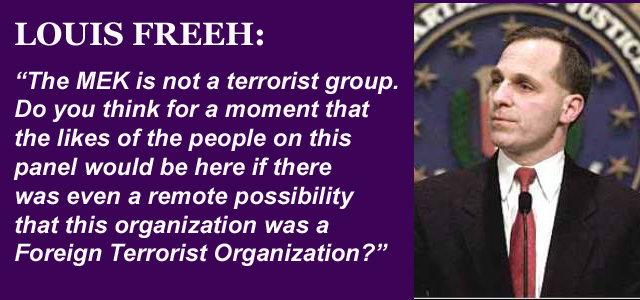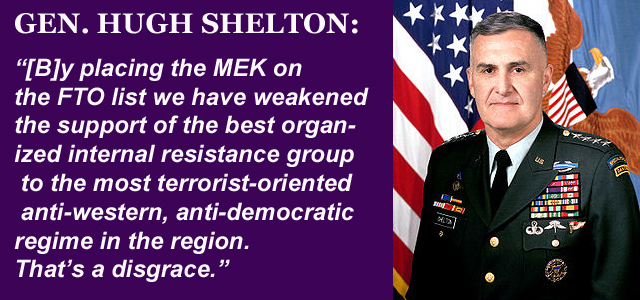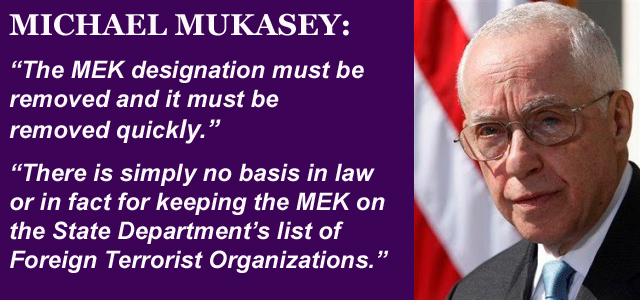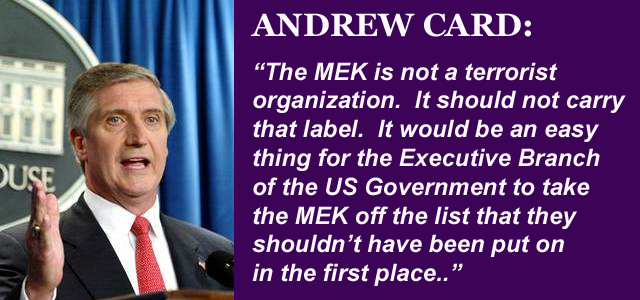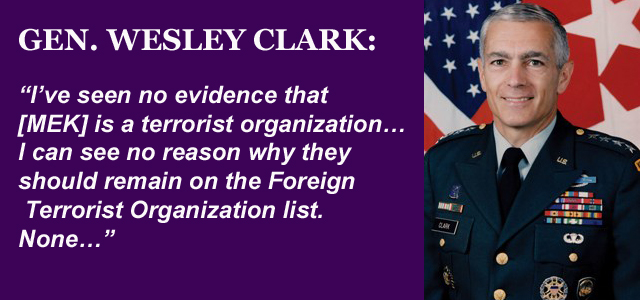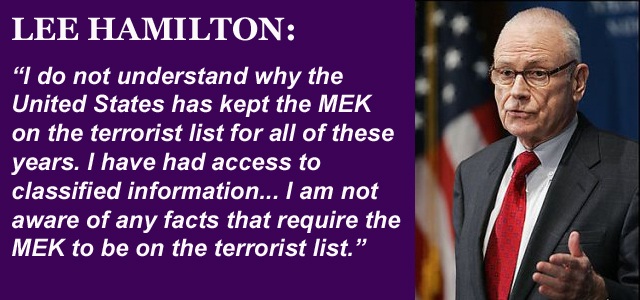In recent days a statement supposedly written by a group of 37 experts on Iran (from 6 countries including Iran, Scotland, England, Canada and US) has surfaced on the cyberspace. The statement itself is a repeat of many recent articles and declarations by NIAC and its president Trita Parsi, who have embarked on a hysteric campaign against the People’s Mojahedin of Iran (PMOI or MEK). In the statement, the “experts” advocate for continued black listing of the MEK by the State Department.
These “experts” argue that delisting Mujahedin creates competition for the softer opposition to the Iranian regime, and hence weakens it. To understand the real motives and the modus operandi of the group signing the statement, let’s look at some background facts.
This is not NIAC’s first “joint statement by the experts”. Many of the same individuals who signed this letter issued another “expert statement” calling for an American rapprochement policy towards Iran and its current rulers (namely Khamenei and Ahmadinejad. In that statement, the “experts” pressed for a policy of appeasement with the ruling Ahmadinejad, as opposed to supporting the green movement and a policy that would lead to regime change in Iran. In an effort to have the maximum influence on Congress, NIAC announced that:
“The National Iranian American Council (NIAC) is hosting an event in the U.S. Senate tomorrow (Nov. 18th). The event is designed to give President-Elect Obama advice on how to deal with Iran. In the process of preparing for the meeting tomorrow a group of 21 Iran experts have issued a report titled “Joint Experts’ Statement on Iran”,
At the end of that statement the following sentence was noticeable:
“This statement is the product of a large group of experts with diverse knowledge, experience and affiliations. ”
The embarrassing fiasco with that NIAC’s “joint statement of experts” was that the “experts” failed to reveal to Congress and the public that the statement presented as the fruit of wisdom and the work of twenty one experts had already been published one year earlier under the sole authorship of Trita Parsi!
But why would a group of “experts”, tenaciously push for the continued listing of MEK? A listing that was used as the major justification by the Iranian regime and their proxies in their massacre of unarmed civilians in Camp Ashraf. I do not know the answer to that. However, I can point to a few self evident facts:
1- A large number of the “experts” signing the petition have formal affiliations with NIAC, an organization that has conspicuous financial and political ties with the ruling regime in Iran and their economic mafia. Documents discovered in the process of recent legal challenges that NIAC brought against its critics are self evident.
2- Some of the letter signer experts are involved in ventures that clearly benefit from the status quo in Tehran.. One example is Gary Sick, the Executive Director of Gulf2000, who serves the oil industry. Sick is also on the board of AIC (American Iran Council), an organization w which recived funds from the Iranian regime (through their NY Alavi Foundation).
3- Several have been working with the Iranian government to illegally funnel the US congressional funds to the Iranian agencies that Tehran wished to empower. Examples are Hadi Ghaemi and Dokhi Fasihian. Court documents affirm these individuals’ communications and collaborations with the Iranian officials and agents in the US.
4- Trita parsi is commonly known to be a strong advocate for Tehran who does their bidding in the United States. His $90,000 invoice for facilitating secrete negotiations for Mulahs, and his communications with, and reports to the Iranian envoy Javad Zarif has now surfaced in the court documents.
5- The anti green movement positions and propagandas by many of the “expert” signers of the letter cannot go unnoticed. In fact, the main point of their previous “joint statement by the experts” was to convince the American administration to give up hope on the green movement and instead get close to, and empower the existing rulers in Iran as the only possible option. In his article called “The End of the Beginning” , making a mockery of the mass demonstrations in the streets of Tehran , commonly regarded as the “beginning of the end” of the ayatollahs’ rule, Trita Paris wrote: “Iran’s popular uprising, which began after the June 12 election, may be heading for a premature ending. In many ways, the Ahmadinejad government has succeeded in transforming what was a mass movement into dispersed pockets of unrest. ”
Finally, it should be pointed that the absence of any credible member of the green movement, or credible Iran experts who advocate the policy of appeasement , among the signatures of the statement indicated the bankruptcy of NIAC and their strive to pave the road for another massacre in Camp Ashraf.
